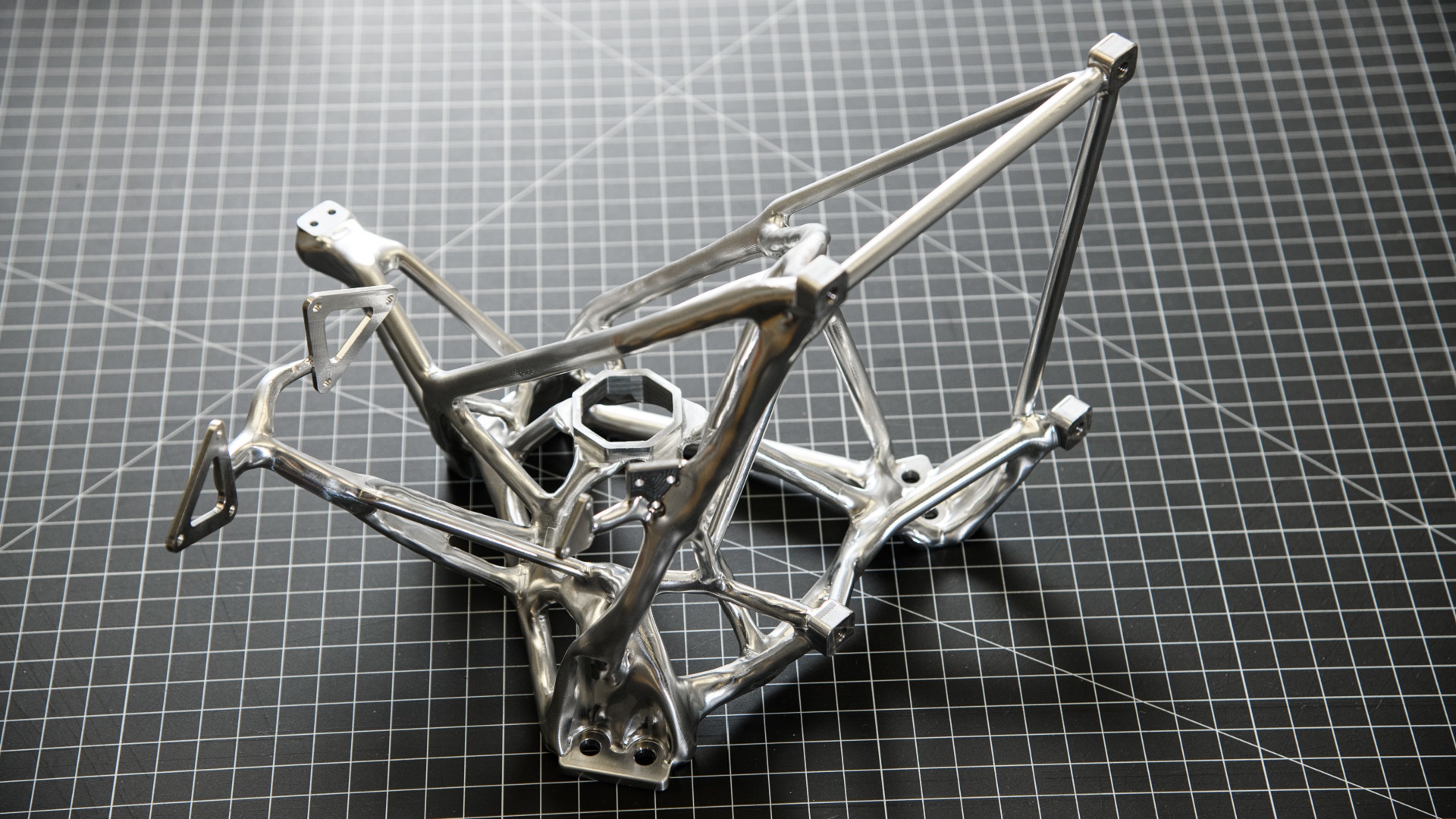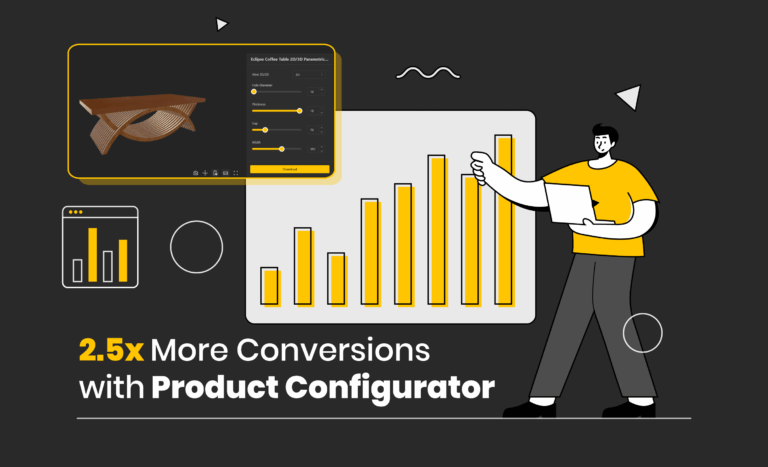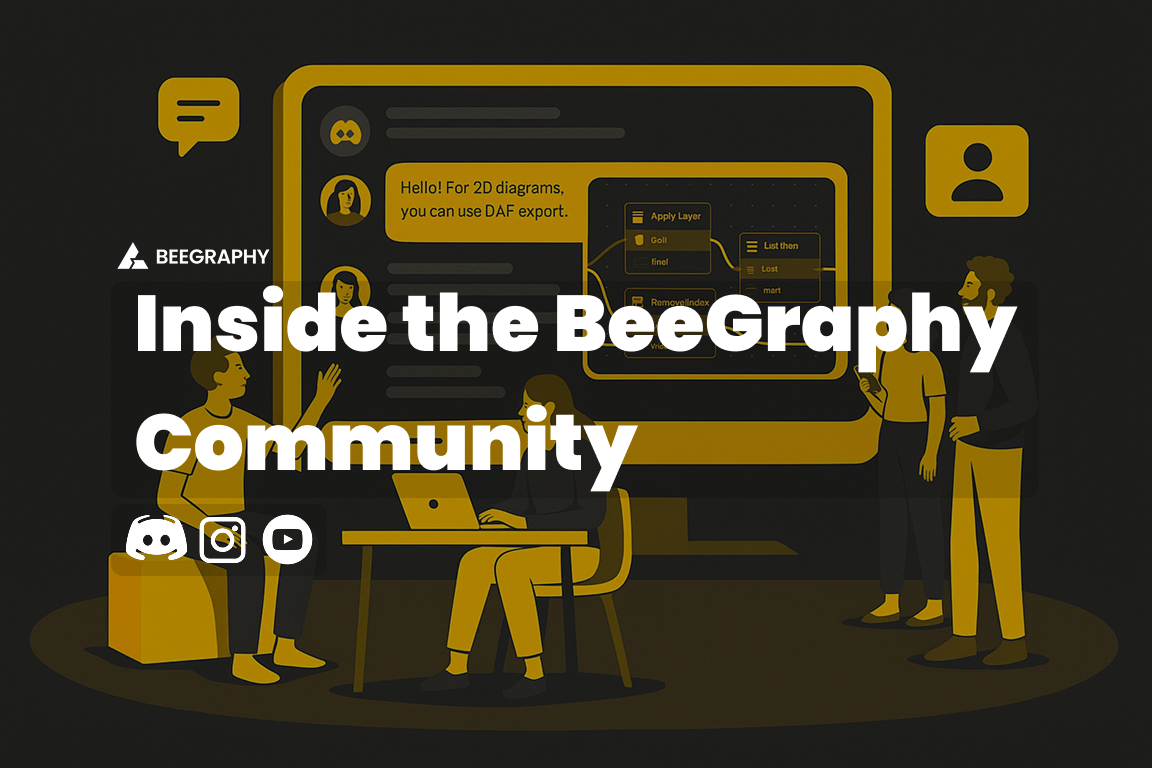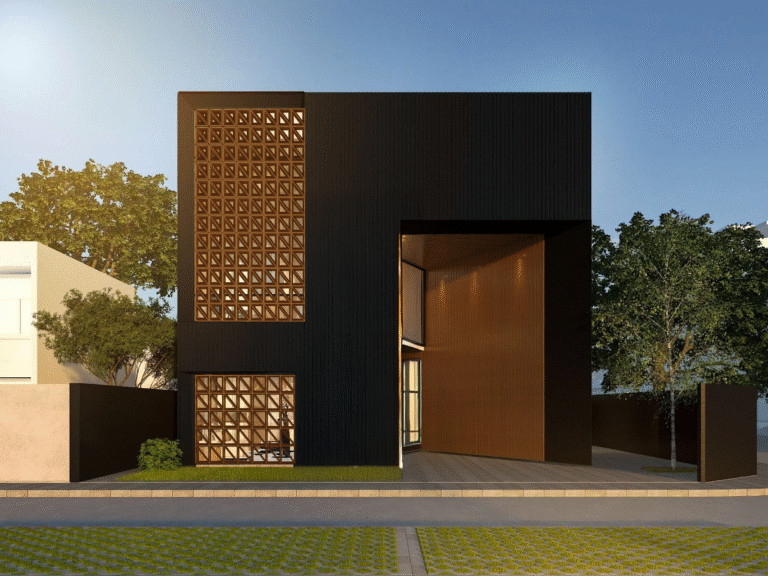Table of Contents
As a designer, how wistful is it to be able to explore all possible design options to a project – well within the limited time and budgets – and reach the best conclusion every single time!
Generative Design with AI (artificial intelligence) enhancement is redefining how industries solve problems, streamline processes, and innovate. With AI capabilities advancing, generative design has become a pivotal tool across sectors of architecture, engineering, manufacturing, as well as arts. Let’s see how Generative Design with AI is making a real-world impact today – and how you can incorporate it into your design process!
Understanding Generative Design with AI
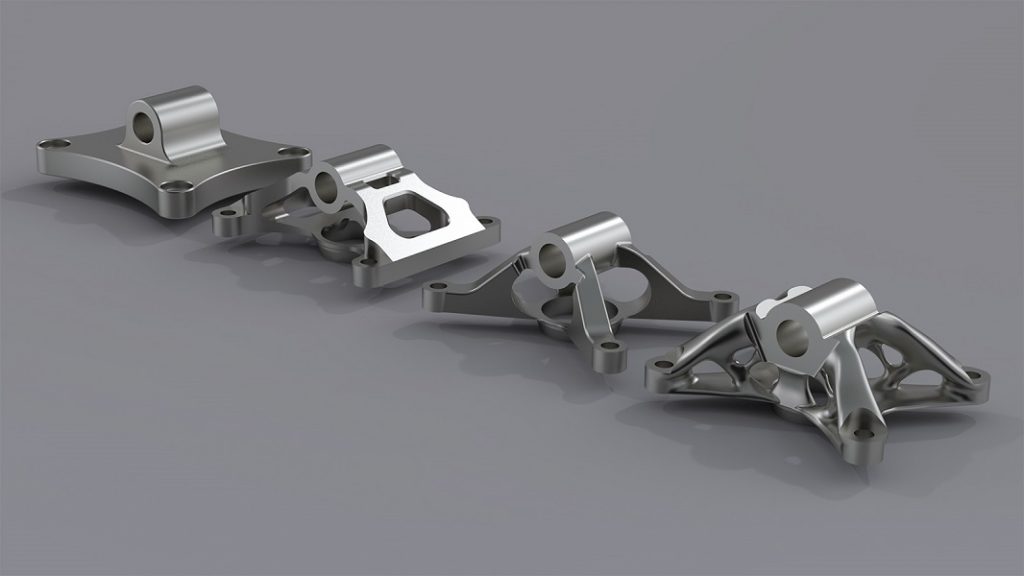
Exploring all possible design solutions to a problem with Generative Design
Generative design leverages AI algorithms to explore every possible solution to a design problem within specified constraints. Instead of manually designing an object or structure, designers input constraints – such as materials, budget, and environmental factors – and the AI generates numerous optimized design options. This approach not only speeds up prototyping but also enhances efficiency and creativity in ways that traditional design processes can’t match.
The Current Landscape: AI-driven Generative Design
The generative design market is growing rapidly as companies look to AI for solutions that improve efficiency and sustainability. According to Grand View Research, the global market for generative design was valued at $210 million in 2022 and is expected to grow at a CAGR of over 17% from 2023 to 2030. This growth is largely driven by the automotive, aerospace, and manufacturing industries, which are keen adopters of generative design to reduce costs, optimize performance, and accelerate production timelines.
Key Trends
Sustainability and Eco-Friendly Designs
One of the strongest trends in generative design is sustainability. AI allows designers to create models that minimize material use, conserve energy, and maximize structural efficiency.
In architecture, for example, AI-driven generative design helps create energy-efficient buildings, reducing the carbon footprint associated with urban development. In product design, this focus on sustainability often translates into lighter, more efficient components that require fewer resources to manufacture.
Increased use of Cloud Computing
Cloud computing has become essential for scaling generative design tools, making them more accessible and collaborative. Platforms like Autodesk’s Fusion 360 and Siemens NX rely on cloud-based AI to handle complex simulations, enabling distributed teams to work on a shared model in real time.
This cloud-based approach has made it easier for companies to leverage the power of generative design with AI – regardless of location, thus accelerating collaboration and innovation across the board.
Automation in Product Design and Engineering
Generative design automates the creation of intricate geometries, resulting in lighter and more efficient products. Industries like aerospace and automotive, which prioritize weight reduction and structural integrity, are particularly interested in this aspect of generative design.
By automating the initial design phase, companies can achieve optimized solutions faster and bring their products to market in record time – a cost effective and speedy reflection of the use of generative design with AI.
Market Insights: Where is Generative Design heading?
Top Industries
Aerospace and automotive are leading the charge in generative design adoption. According to Deloitte, around 44% of aerospace companies and 38% of automotive manufacturers are already using generative design in their workflows.
Market Growth Rate
Projections suggest that the global market for generative design tools will grow from $210 million in 2022 to over $450 million by 2030, reflecting the increasing demand for AI-driven design across various industries.
Job Creation with Emerging Roles
As generative design gains traction, roles like AI designer, computational designer, and AI engineer are becoming more common in tech, AEC, as well as industrial companies.
Case Study 01: Airbus – Lightweight Aircraft Components
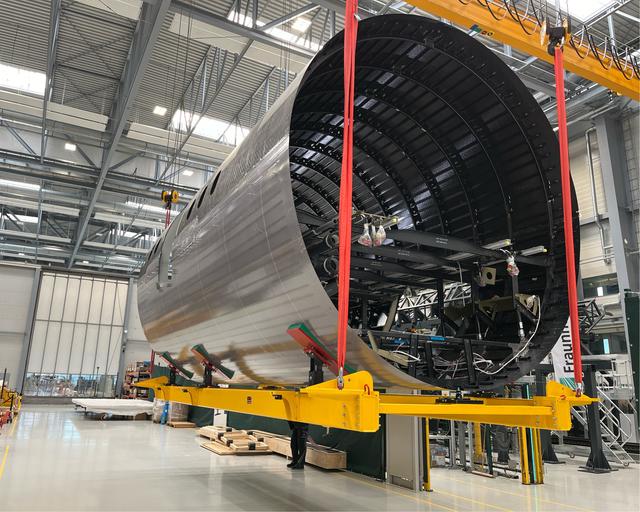
Researches underway for lightweight components (Image Source: AirBus)
Airbus turned to generative design with AI to reduce the weight of aircraft components, lowering fuel consumption and overall environmental impact.
Partnering with Autodesk, Airbus created a new partition for its A320 that was 45% lighter and used 95% less material than its traditionally designed counterpart. This reduction translates into significant cost savings and a reduced carbon footprint over the aircraft’s lifespan – helping the company as well as the environment.
Case Study 02: General Motors – AI for Car Part Design

Generative Design with AI for car parts of General Motors (Image Source: AutoDesk)
General Motors (GM) has embraced generative design to create lighter and stronger car components. Working with Autodesk, GM designed a seatbelt bracket that was 40% lighter and 20% stronger than previous models.
The component was also optimized for 3D printing, showcasing how generative design with AI is fostering innovation in manufacturing techniques and material usage.
Case Study 03: Under Armour – Performance Footwear

Under Armour’s fastest performance running shoe yet (Image Source: Under Armour)
In the consumer goods sector, Under Armour used generative design with AI to develop the Architech shoe, featuring a 3D-printed midsole optimized for stability and comfort. This case study highlights how generative design with AI is not limited to industrial applications, but also has promising applications in consumer products, where performance and comfort are paramount.
The Future of Generative Design with AI
Generative design will continue to expand as AI integrates with emerging technologies like quantum computing and edge computing. Generative design with AI is transforming industries by enabling designers to produce innovative, efficient, and sustainable products. From aerospace to fashion, this technology is helping industries create new possibilities. These advancements could enable even faster, more complex simulations, broadening generative design’s reach into industries like healthcare for medical devices and prosthetics, and into construction for sustainable infrastructure development.
The trend toward eco-friendly design will also push more industries to adopt generative design as a core part of their sustainability strategy. As AI progresses, so will the potential of generative design, shaping the future of creativity and design in profound ways.
Discover Beegraphy: A Collaborative Platform for Computational Design
As a web-based, collaborative design platform, Beegraphy offers a powerful computational design tool on the cloud that is ideal for professionals and educators. With real-time collaboration, a unique configurator mode, and seamless integration for any device, Beegraphy makes it easy to share and protect your design work. Whether you’re an industry professional or a student, Beegraphy provides a platform where you can explore, create, and innovate in a collaborative space.
Ready to explore the future of generative and computational design? Visit Beegraphy to learn more and start designing today!


